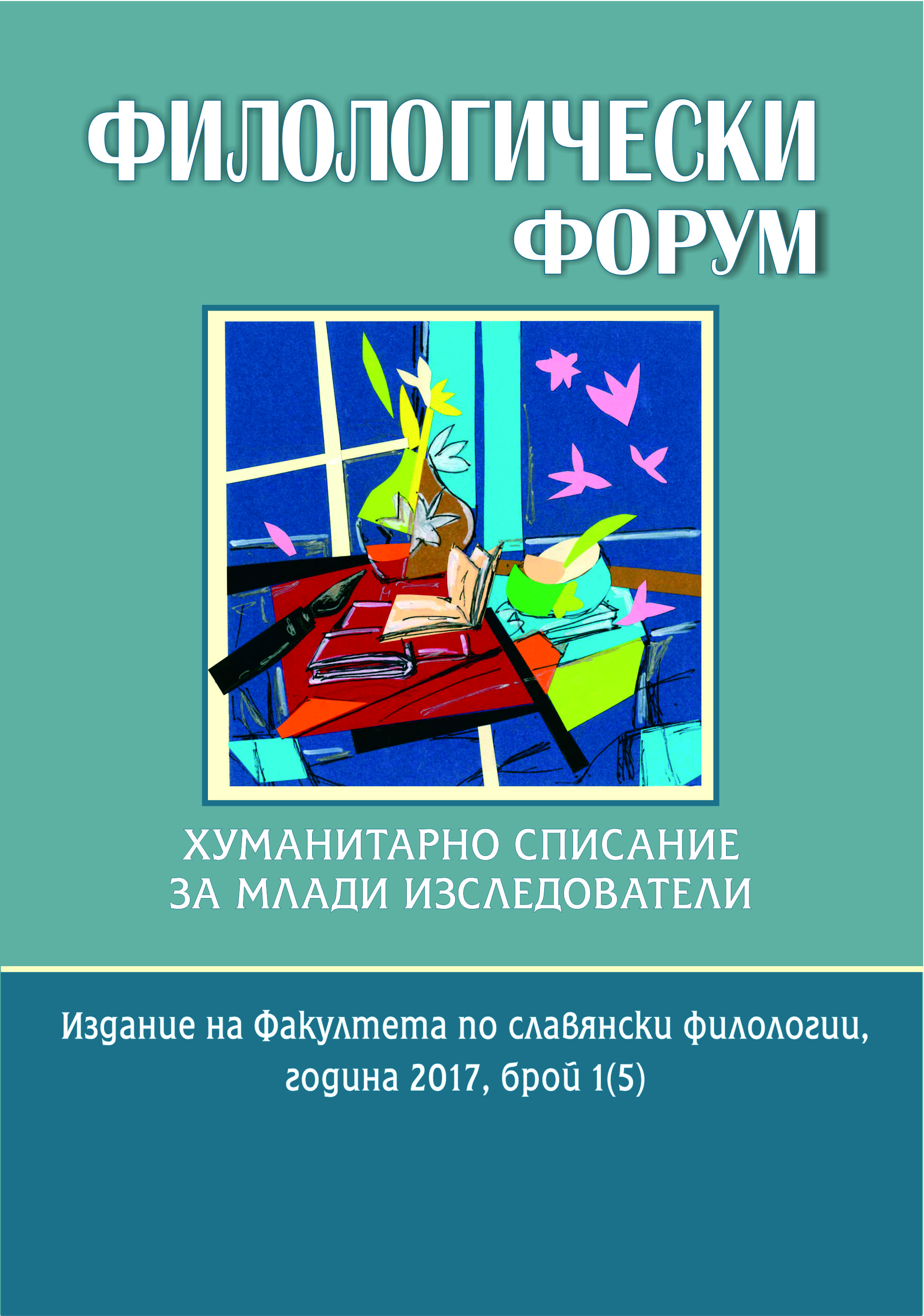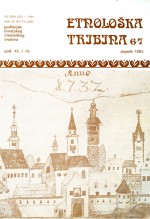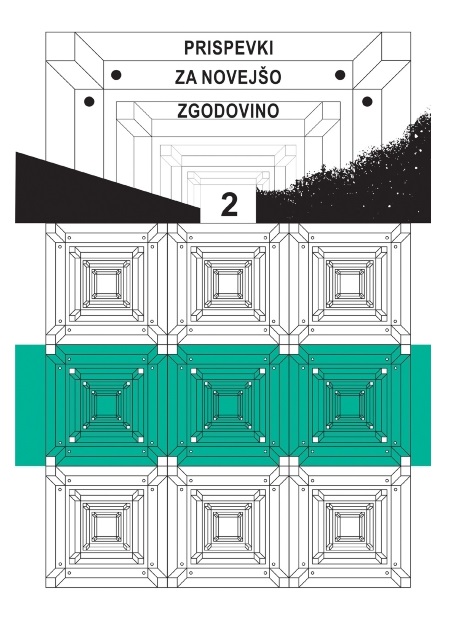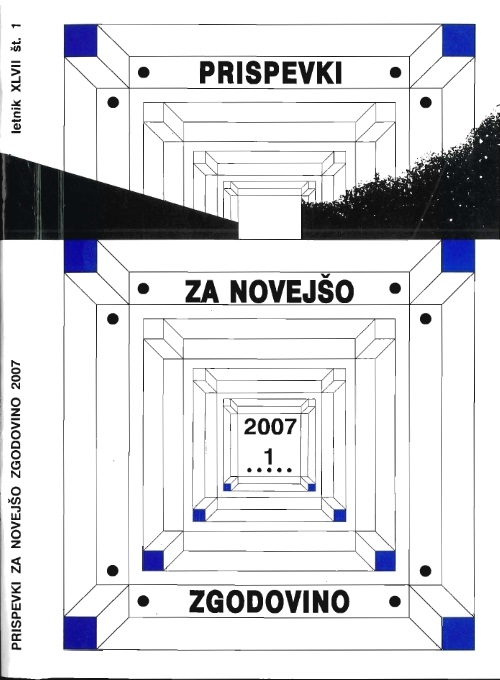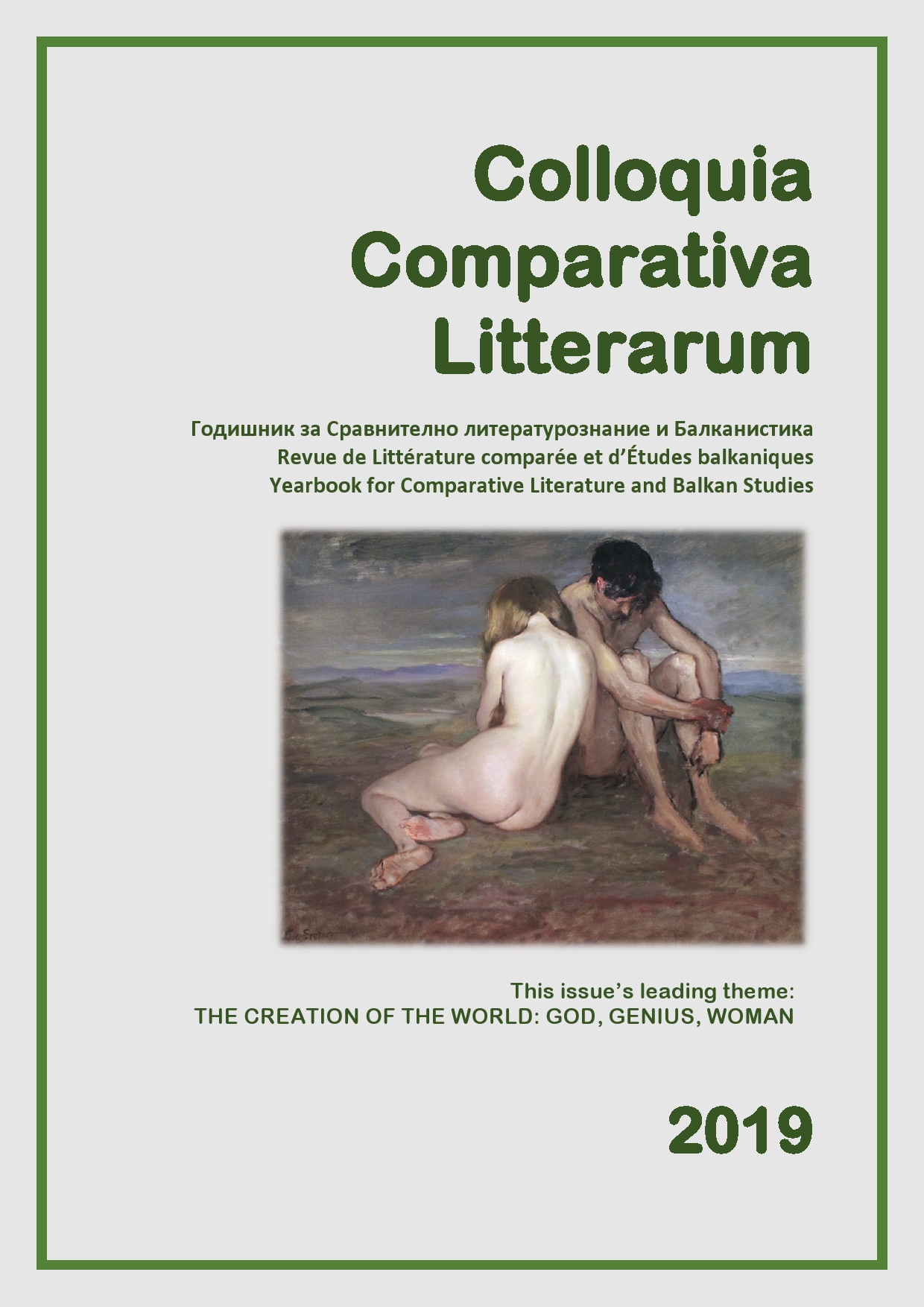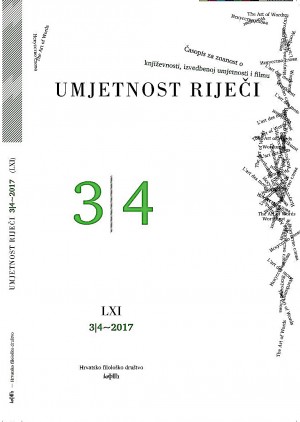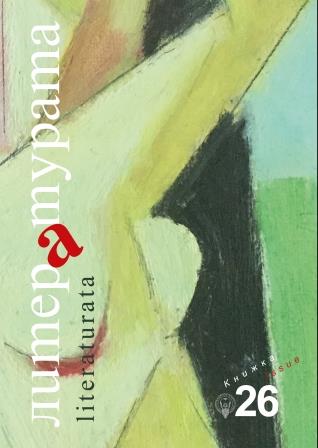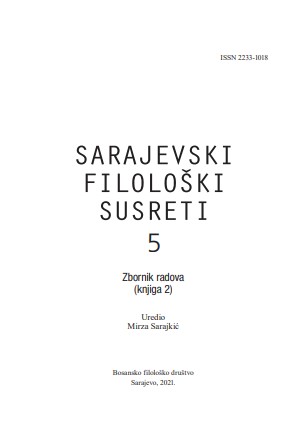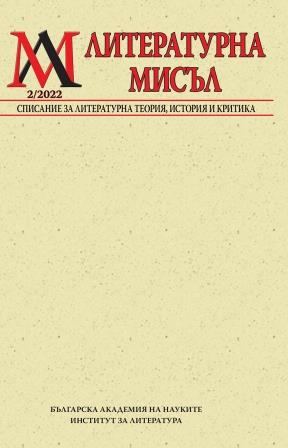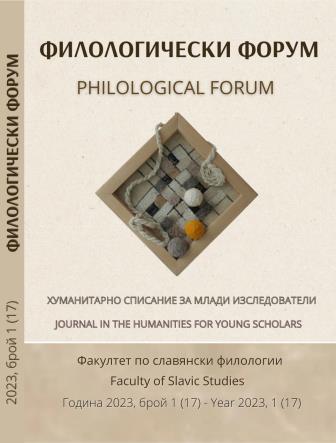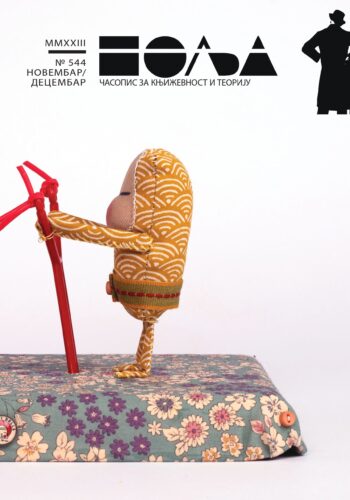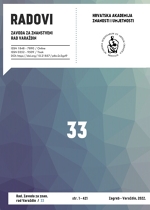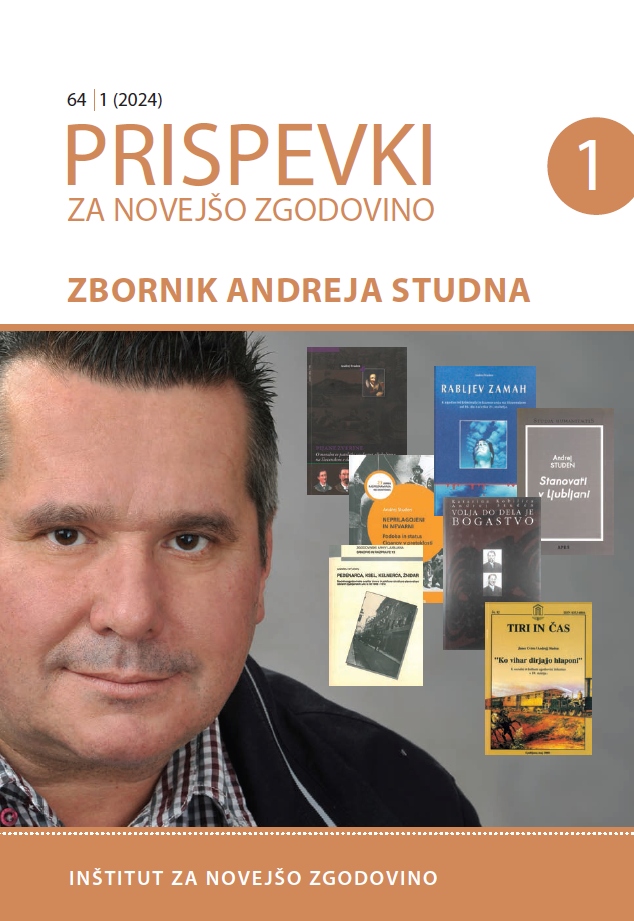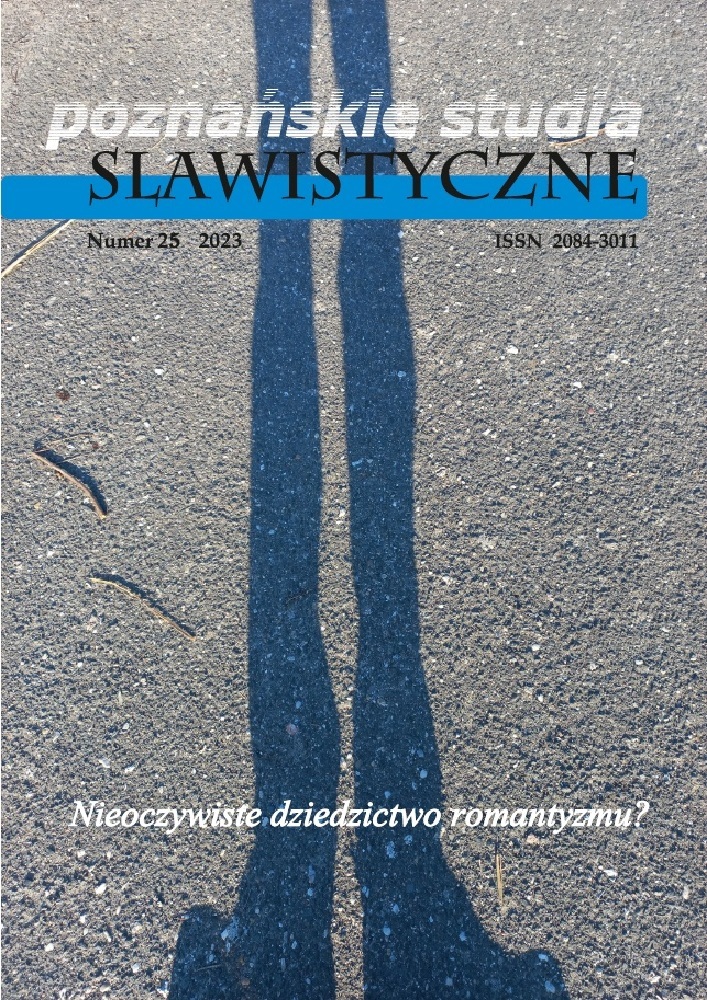Auto-stereotypes and Hetero-stereotypes in Slovene and Italian Poetry About Trieste From the First Half of the 20th Century
This article brings to light the socio-political conditions in the Triestine region, at the end of the 19th century and in the first half of the 20th century. These conditions influenced the formation of stereotypical, regionally coloured perceptions of Slovenes and Italians in the Slovene and Italian poetry about Trieste from the first half of the 20th century, which were specific to the Triestine area or rather the wider region around Trieste, where the Slovene and Italian communities cohabited. This article also points out that these stereotypes are constructs. The Italian Triestine literature most frequently depicted the Italians (native culture) before the First World War, in accordance to the needs of the non-literary irredentist disposition. In this light, it depicted them as the inheritors of the Roman culture, wherein it highlights their combativeness and burning desire to “free” Trieste from its Austro-Hungarian prison. An increase in auto-stereotypes among the Slovene poetry is noticeable after the First World War and is most likely a consequence of the socio-political changes in Trieste. The Slovene Triestine literature depicted the Slovenes (native culture) after the First World War as “slaves” and simultaneously as the determined defenders of their land, who are also fully aware of their powerlessness against the immoral aggressor and cruel master (Italian hetero-stereotype) and so often call upon the help of imaginary forces (mythical heroes and personified nature in the Trieste region) and God. The Italian Triestine literature mostly depicted the Slovenes before the First World War as an inferior people, often referred to by the word “ščavi”. After the First World War, the Slovenes are depicted merely as the residents of the former Austro-Hungarian Trieste, meaning they were part of the narrative surrounding Trieste, only in when the narrative was set before the First World War. In this case, pre-war Slovene stereotypes appear, also depicted as part of the literary myth of the “Habsburg” Trieste, namely as the folkloric characters from the surrounding countryside.
More...
